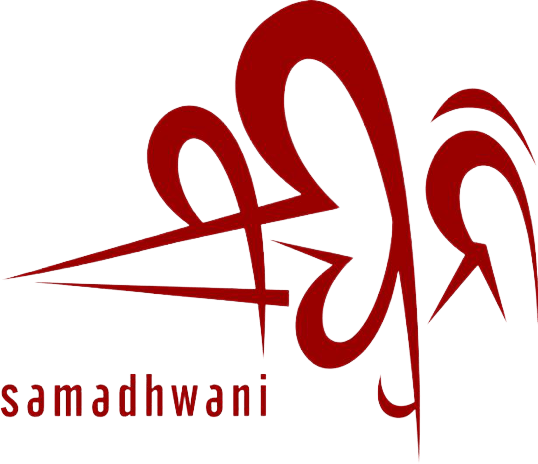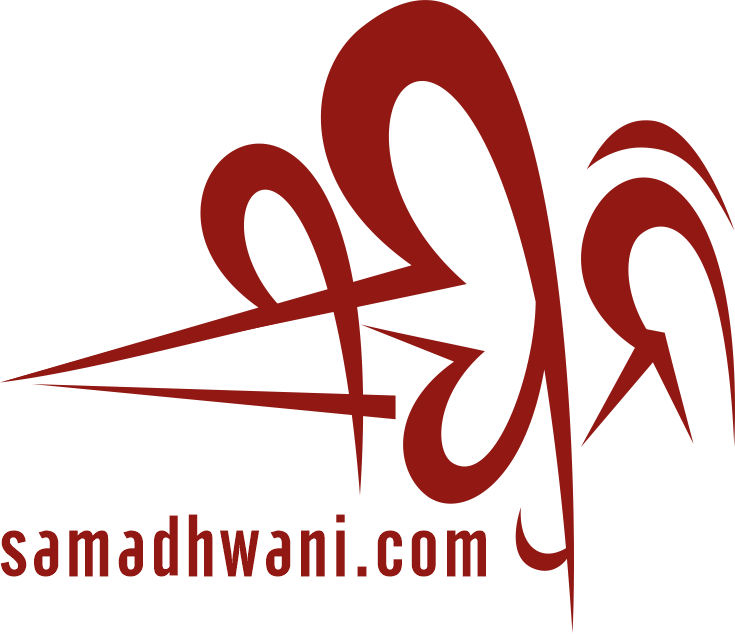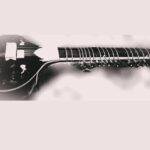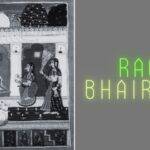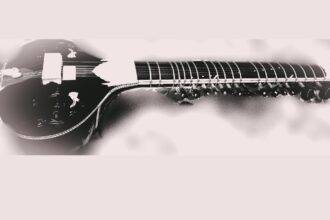In light of my recent dialogues with doctors who are deeply engaged in the field of music therapy, it becomes apparent that music holds vast potential for influencing human psychology, memory, nostalgia, and overall well-being. Researchers often delve into the various theories surrounding music and its profound connections with the human psyche.These theories encompass diverse areas, including the impact of different music genres and religious chanting on the human mind and how these influences subsequently manifest in terms of health outcomes. Now, a pertinent question arises: When conducting experiments for music therapy, what specific types of music should be employed? This query underscores the need to carefully select the musical elements that align with the therapeutic goals and objectives. The choice of music genre, tempo, instrumentation, and even the cultural context of the music can significantly impact the effectiveness of music therapy interventions. Therefore, as we venture further into the realm of music therapy, we must consider these nuanced factors to harness the full potential of music as a healing modality.
In response to the question regarding the choice of music for the purpose, my resounding answer is “Raga,” particularly in the context of Indian music. While I acknowledge that this perspective may come across as opinionated, it’s rooted in a belief that to truly grasp the profound impact of music, the chosen music should possess a universal quality. This universality transcends cultural and emotional contexts, resonating with individuals regardless of their backgrounds. Raga, in this regard, stands as a powerful instrument for several reasons. Ragas, with their intricate melodic structures and emotional depth, have the ability to resonate with a broad spectrum of listeners. The universal themes they convey, such as love, longing, joy, and introspection, strike a chord with human emotions that are not confined by cultural boundaries. It has the unique capacity to evoke deep and relatable emotions. The emotions they convey are fundamental human experiences, making them accessible and relatable to people from various cultural backgrounds. Many Ragas possess a spiritual and meditative quality that transcends specific religious or cultural beliefs. This makes them suitable for applications that aim to connect individuals with their inner selves, fostering a sense of tranquility and self-awareness. Indian classical music boasts a vast repertoire of Ragas, each with its distinct character and mood. This diversity enables the selection of Ragas that align with the intended purpose, whether it’s relaxation, inspiration, or healing.
The appreciation of music is undeniably a deeply personal and subjective journey, with individuals often having unique tastes and emotional connections to various musical genres. However, within this intricate tapestry of musical diversity, Ragas stands out as a compelling and versatile choice for a range of applications, including music therapy, meditation, and emotional expression. What makes Ragas particularly noteworthy in this regard is their possession of universal elements. These elements cut across cultural, geographical, and emotional boundaries, rendering Ragas accessible and relatable to people from diverse backgrounds. Music’s impact on an individual’s emotions and psyche is highly personal and subject to individual interpretation. What resonates with one person may not have the same effect on another. This subjective nature is a fundamental characteristic of music. Despite this subjectivity, Ragas offers something truly remarkable. They encompass universal themes and emotions that are common to the human experience worldwide. Love, longing, joy, sadness, introspection, and spirituality are among the emotional landscapes that Ragas traverse. These emotions are not confined by cultural or geographical boundaries; they are shared by humanity as a whole. Ragas possess a unique ability to transcend cultural and emotional contexts. When skillfully performed, they have the power to evoke deep emotions and connect with listeners regardless of their cultural or linguistic backgrounds. This universality is particularly valuable in settings like music therapy, where the goal is to reach and resonate with individuals from diverse walks of life. The vast and diverse repertoire of Ragas within Indian classical music provides a wide spectrum of choices. This versatility allows for the selection of Ragas that align with specific therapeutic goals or meditation practices. Whether the aim is relaxation, inspiration, or healing, Ragas offers a rich palette of possibilities. While music remains a profoundly personal and subjective realm, the universal elements encapsulated within Ragas render them a potent and adaptable tool for creating profound musical experiences. They have the unique capability to communicate with the human spirit on a universal level, bridging gaps and fostering connections across cultures and emotions. This is why Ragas continues to hold a special place in the world of music therapy, meditation, and emotional expression, offering a bridge to shared human experiences.
The inherent universality of Ragas is indeed a remarkable characteristic that transcends the mode of performance, whether it’s played on an instrument or sung. This universal quality is a testament to the profound depth and versatility of Ragas within Indian classical music. Ragas, when sung, offer a direct and intimate connection with the human voice. The singer’s ability to convey the essence of the Raga through melody, rhythm, and expression adds a deeply personal dimension to the universal elements of the Raga. Regardless of the language or cultural background of the audience, the emotions evoked by the vocal rendition of a Raga are universally understood. The voice, as a universal instrument, has the power to communicate the Raga’s emotional depth and resonance with remarkable clarity. When a Raga is performed on a musical instrument such as the sitar, tabla, flute, or veena, its universal elements come to life through the intricate interplay of notes and the nuances of the instrument. The absence of lyrics or vocals allows for a purely melodic exploration, enabling the listener to connect with the Raga’s emotional landscape directly. The universal emotions and themes embedded in the Raga are conveyed purely through the instrumental medium, making it accessible to a global audience. This instrumental interpretation of Ragas also resonates with individuals who may not understand the language or cultural context of vocal music. Musicians, whether instrumentalists or vocalists, bring their unique artistic interpretation to a Raga. This personal touch adds a layer of creativity and individual expression to the universal framework of the Raga. It is through these artistic interpretations that Ragas continue to evolve and adapt, ensuring their relevance and appeal in contemporary musical contexts.
The universality of Ragas is a testament to their enduring beauty and depth. Whether performed instrumentally or sung, Ragas communicate with the human spirit on a universal level, bridging cultural, linguistic, and emotional divides. This universal quality is what makes Ragas a timeless and cherished art form, appreciated by audiences and musicians around the world.
Universality and Depth of Ragas in Indian Music
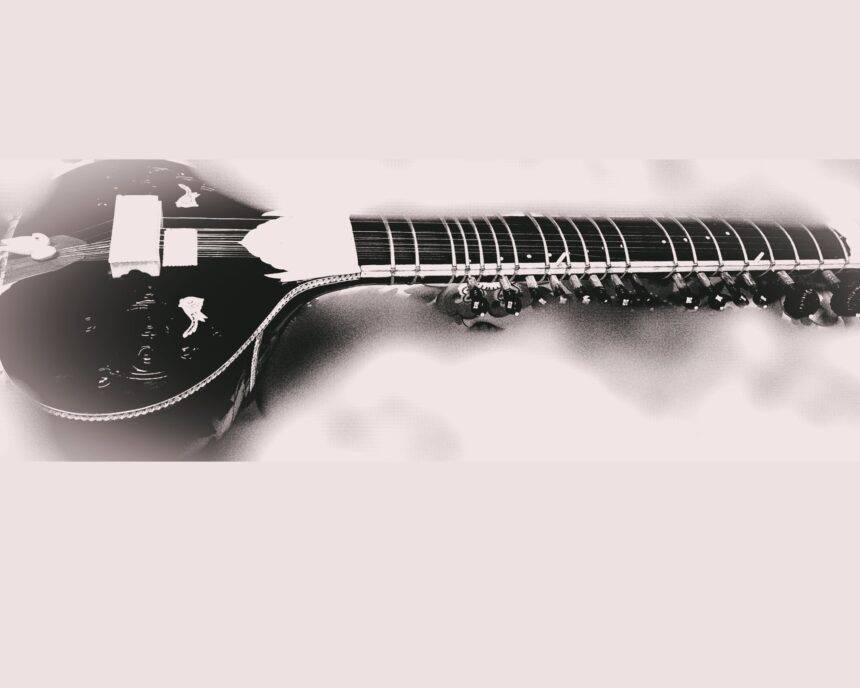
ସୀତାରର କଳାକାର, ଅଧ୍ୟାପିକା (ସଙ୍ଗୀତ ବିଭାଗ, ସିକିମ୍ ବିଶ୍ୱବିଦ୍ୟାଳୟ)
Samidha Vedabala (Ph.D., Rabindra Bharati University, Kolkata), a performer and researcher of Indian Classical Music, Sitar. She has been working as an assistant professor of music in the Department of Music at Sikkim University since 2011. Along with performance in music, she is actively involved in academic research in Indian music. She has published two books and many academic journals. Her professional and academic association with Sitar inspires her to continue writing on the instrument and its various aspects. Her book titled "Sitar Music: The Dynamics of Structure and Its Playing Techniques" is one of them. Her work has been the source of information for one of the documentaries on Sitar in the UK. She has also attended many national and international seminars on sitar music.
As a writer, Dr. Samidha has been associated with Samadhwani for over a decade.
